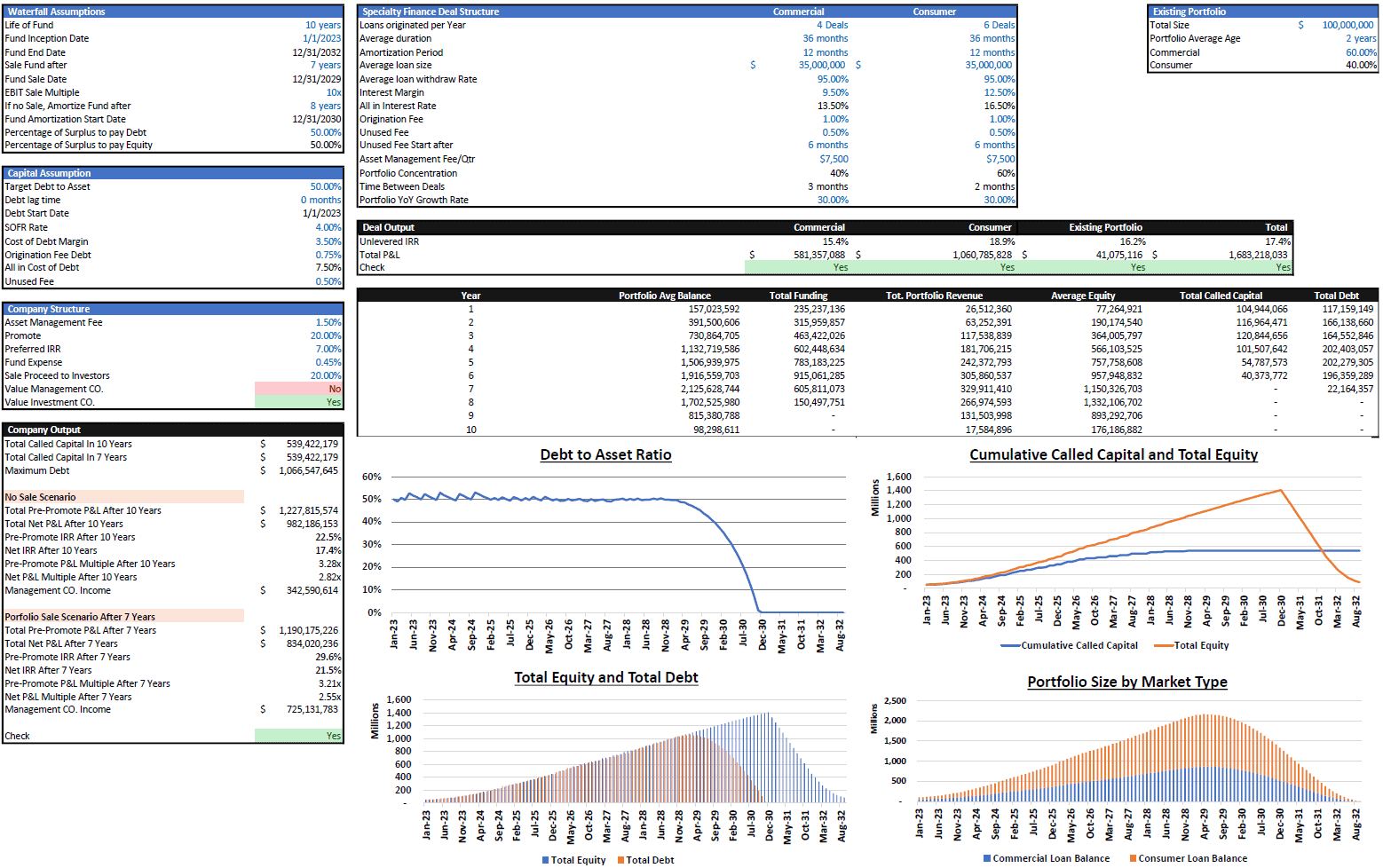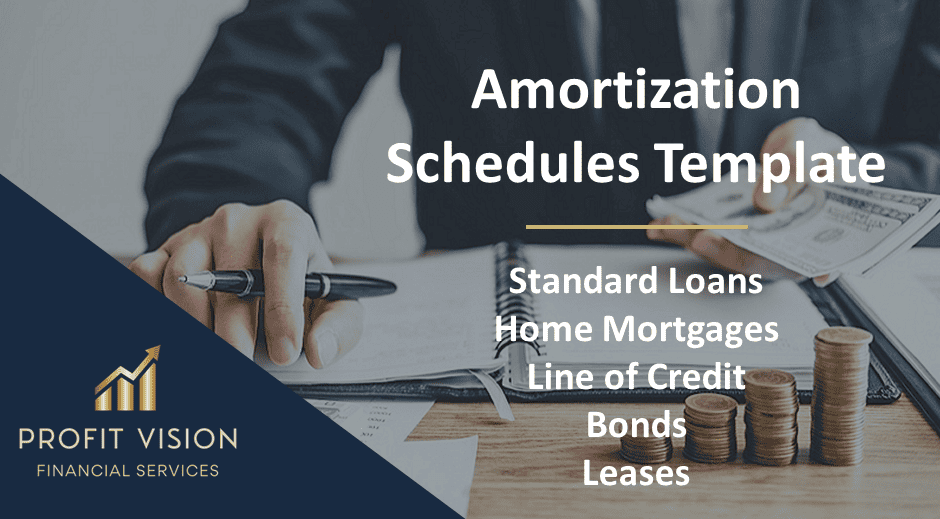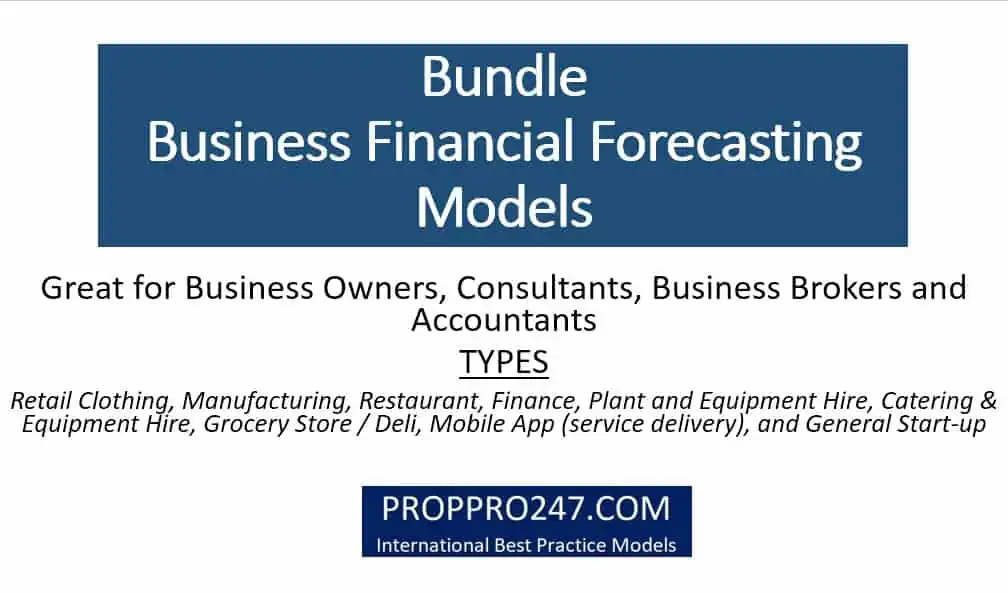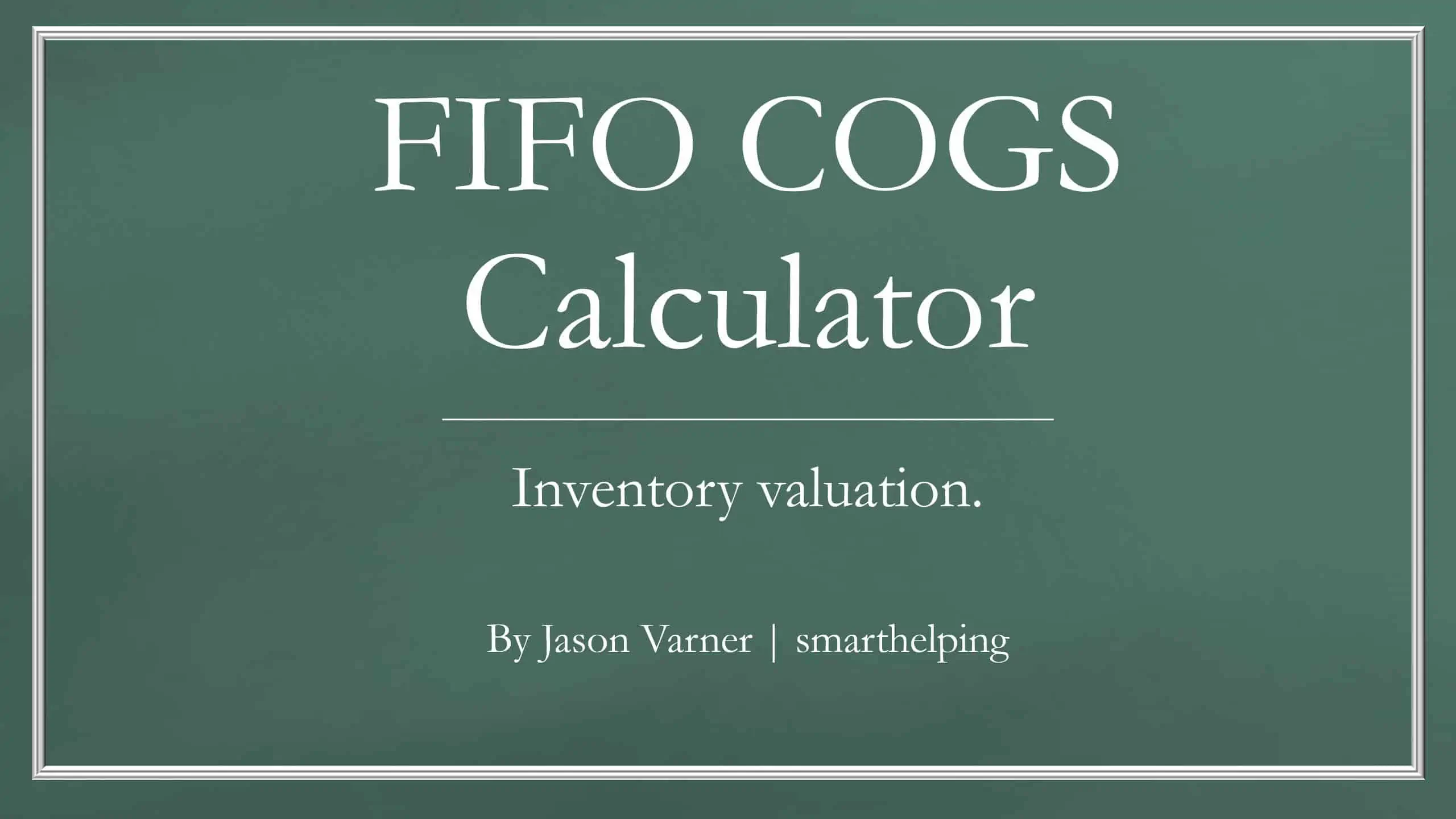Leveraged Buyout (LBO) Financial Projection Model
User-friendly financial model to project and analyse the financial outcomes (IRR, projected financials, key ratios, sources & uses of funds, sensitivities) of a leveraged buyout (LBO) transaction

PURPOSE OF MODEL
User-friendly financial model to project and analyze the financial outcomes of a Leveraged buyout (LBO) transaction. The model enables the user to project the financial performance and position (3-statement financial forecast) and investor IRR over a 5-year period post-LBO transaction, including any revenue and cost changes/improvements expected to be generated under the new ownership.
The model also enables the user to qualify the intrinsic value of the business pre and post-LBO transaction using the discounted cash flow (DCF) approach.
The model compares these outputs in a dashboard to help the user calculate and understand the financial feasibility of the LBO transaction, including, amongst others:
– Equity and debt investor IRR
– IRR sensitivity to offer premium and exit multiple
– Sources and uses of funds
– Transaction details and financing requirements
– Projected revenue, EBITDA, and net profit performance pre and post-LBO transaction
– Intrinsic enterprise and equity values before and after the transaction
– Gearing, ROE, and margin development pre and post-LBO transaction
The model includes 3 scenarios for post-LBO revenue and cost changes/improvements and projected financial statements for both pre and post-LBO transactions showing goodwill and impact changes in capital structure.
The model follows good practice financial modeling principles and includes instructions, checks, and input validations.
KEY OUTPUTS
The key outputs include:
– Projected full financial statements (Income Statement, Balance Sheet, and Cash flow Statement) across 5 years presented on a yearly basis for the company pre and post-LBO transaction;
– Discounted cash flow valuation using the projected cash flow output pre and post-LBO transaction
– Ratio Analysis based on projected financial statements
– Summarised tables and charts showing:
o Key transaction details, including offer price, financing requirements, sources, and uses of funds
o Investor cumulative net cash flow and IRR by projection year
o IRR sensitivity to offer premium and exit multiple
o Key performance metrics and ratio comparison between pre and post-LBO company, including revenue growth, EBITDA, net profit, margin, ROE, and debt-to-equity ratios)
o Key valuation comparison pre and post-LBO transaction
KEY INPUTS
Inputs are split into Setup inputs, Pre-LBO assumptions, and assumptions for LBO transaction
Setup Inputs:
– Names of transaction and company;
– Currency;
– Transaction close period;
– Naming for post-LBO scenarios;
– Naming for debt and equity sources of funds for LBO transactions.
Pre-LBO Projection Inputs:
– Latest P&L and balance sheet actuals;
– Forecast revenue;
– Forecast cost of sales;
– Forecast operating expenses, including depreciation;
– Fixed asset additions;
– Borrowing additions/repayments;
– Dividend distributions;
– Tax rate and interest rates;
– Debtor and creditor days;
– Inventory percentage of the cost of sales;
– Discount rate and terminal growth rate.
Post-LBO Inputs:
– Financing details including offer premium, transaction fees, working capital requirement, CAPEX investment, contributions by each debt and equity investor
– Capex investments and useful lives
– Goodwill amortization (if applicable)
– Post-LBO exit multiples, discount rate, and terminal value growth rate
– LBO-driven changes/improvements (revenue increases, cost reductions, dividend distributions) for each scenario
– Pro-forma opening balance sheet adjustments.
MODEL STRUCTURE
The model comprises 8 tabs split into input (‘i_’), calculation (‘c_’), output (‘o_’), and system tabs. The tabs to be populated by the user are the input tabs, which include ‘i_Setup’ for model and transaction general assumptions and ‘i_Pre_LBO’ for specific projection assumptions relating to the company pre-LBO and ‘i_Post_LBO’ for the detailed LBO-related assumptions. The calculation tabs use the user-defined inputs to calculate and produce the projection outputs, which are presented in the calculation tabs and ‘o_Dashboard’ tab.
System tabs include:
– A ‘Front Sheet’ containing a disclaimer, instructions, and contents;
– A checks dashboard containing a summary of checks by tab.
KEY FEATURES
Other key features of this model include the following:
– The model follows good practice financial modeling guidelines and includes instructions, checks, and input validations to help ensure input fields are populated accurately;
– The model enables the user to prepare projections for the company on a pre and post-LBO basis;
– The model includes the possibility to model 3 scenarios for LBO-driven changes/improvements with a drop-down in the dashboard tab to change scenarios.
– The model is not password protected and can be modified as required following download;
– The model is reviewed using specialized model audit software to help reduce the risk of formula inconsistencies;
– Apart from projecting revenue and costs, the model includes the possibility of modeling receivables and payables, inventory, fixed assets, borrowings, dividends, and corporate tax;
– Business names, currency, and transaction close dates are fully customizable;
– The model included an integrated discounted cash flow valuation for the company on a pre and post-LBO basis;
– The model includes up to 6 separate debt and 6 separate equity investors financing the LBO transactions with IRR calculations computed for each equity investor across the projection period.
– The model includes a checks dashboard that summarises all the checks included in the various tabs making it easier to identify any errors.
MODIFICATIONS
If you require any be-spoke modifications to the tool, we are more than happy to assist with this. Please send us a message using the Contact Author button or through the contact button.
ABOUT PROJECTIFY
We are financial modeling professionals with experience working in big 4 business modeling teams and strong experience supporting businesses with their financial planning and decision support needs. Our aim is to provide robust and easy-to-use models that follow good practice financial modeling guidelines and assist individuals and businesses with key financial planning and analysis processes.
We are keen to make sure our customers are satisfied with the tools / models they purchase and will be more than happy to assist with any questions or support required following or in advance of purchase.
We are also always keen to receive feedback, so please do let us know any feedback you have on our models by sending us a message or submitting a review.
Similar Products
Other customers were also interested in...
Investment Holding Company 3 Statement Financial P...
3 statement 5 or 8 year rolling financial projection Excel model for an investment holding company h... Read more
Private Equity Fund Model (Investor Cashflows)
Private Equity Financial Model to analyze fund cashflows and returns available to Limited Partners (... Read more
Mergers and Acquisition (M&A) Financial Projec...
User-friendly financial model to project and analyze the financial outcomes and feasibility of an Me... Read more
Debt Fund Excel Model
Explore the Debt Fund Excel Model, a comprehensive tool for evaluating new credit fund opportunities... Read more
Investment Fund Preferred Return Tracker: Up to 30...
Track preferred returns for investors in a fund with this template. Premium joint venture tracking t... Read more
Asset Management Company – Closed End Fund M...
Financial Model presenting a scenario of a Closed-End Fund managed by an Asset Management Compan... Read more
Amortization Schedules Template (Loans, Mortgages,...
User friendly template including Amortization Schedules for Loans, Mortgages, Operating and Finance ... Read more
Collateralized Mortgage Obligations Model
Collateralized Mortgage Obligations Model presents a simple model where mortgage backed securities a... Read more
Bundle – Business Financial Forecasting Mode...
The purpose of this Bundle of Business Forecasting and Financial Models is to assist Business Owners... Read more
Inventory Valuation Using FIFO – Automatical...
Any accountant that needs to comply with IFRS will have to use the FIFO valuation method for calcula... Read more
You must log in to submit a review.

















